Characteristics And Types Of Fiberglass Mesh Filters
The Fiberglass Filter is an inorganic, non-metallic material that meets specified performance requirements. It is produced from glass beads or recycled glass through high-temperature melting, drawing, winding, weaving and other processes. It offers effective insulation, high heat resistance, resistance to corrosion and strong mechanical strength, while its limitations are brittleness and low wear resistance. In this article we examine the characteristics and types of Fiberglass Mesh Filters in detail.
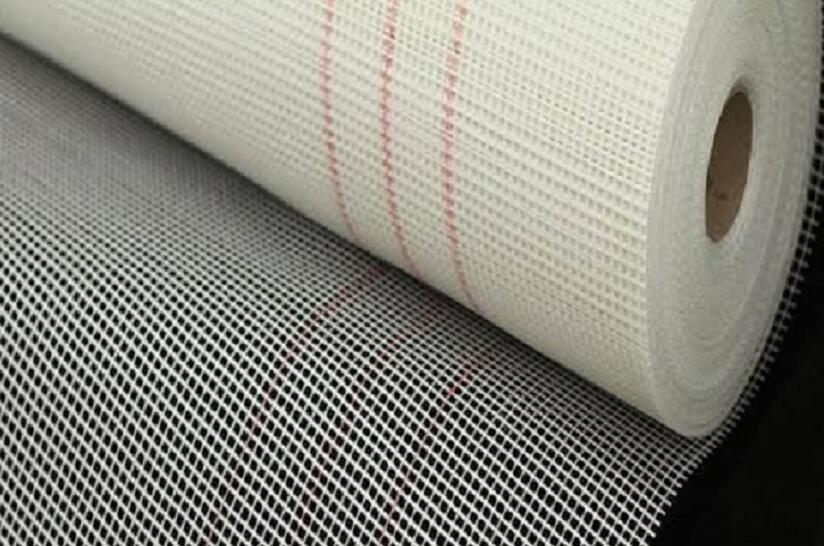
Characteristics and Types of Fiberglass Mesh Filters
Characteristics of Fiberglass Mesh Filters
- The filter exhibits high tensile strength and low elongation (3%).
- The filter has a high elastic modulus and stiffness.
- The filter demonstrates a large elongation within its elastic range and high tensile strength, thereby absorbing impact energy.
- The filter is composed of inorganic fibres that are non-flammable and resistant to chemicals.
- Water absorption by the filter is low.
- It withstands high temperatures.
- It provides high filtration efficiency.
Types of Fiberglass Mesh Filters
-
ULPA (Ultra Low Penetration Air) Filter
ULPA Filters provide a filtration efficiency greater than 99,999% for particles measuring 0.1–0.2μm, smoke, micro-organisms and other dust particles.
Characteristics of the ULPA filter: Its filter element is made from ultra-fine glass fibre filter material that is bonded and folded. The outer frame may be constructed from laminated wood, galvanised copper, stainless steel and aluminium alloy and is firmly joined with polyurethane adhesive. It is designed to have low weight, high air permeability and a dust removal efficiency in the range of 99.95–99.999%, while also resisting alkali and high temperatures.
ULPA Filter applications: It is suitable for Class 10 000–100 cleanrooms and air conditioning systems, and has been applied in electronics, microelectronics, semiconductors, optical devices, biological and medical equipment, cameras and optical instruments, precision machinery and other areas.
-
High Temperature Air Filter
The High Temperature Air Filter comprises a divider structure made from high-temperature resistant glass fibre or ultra-fine glass fibre filter paper, an aluminium foil, a stainless steel frame and a specialised high-temperature resistant sealing compound.
High Temperature Air Filters are principally used in ultra-clean ovens for drying in food and pharmaceutical manufacturing, or in high-temperature air cleaning devices and systems. The maximum operating temperature is 350°C.
-
High Humidity-Resistant Air Filter
The High Humidity-Resistant Air Filter features a divider structure that utilises special moisture-resistant, ultra-fine glass fibre filter paper, a dedicated rubber layer or an aluminium foil divider, galvanised sheet metal or a profile frame made of aluminium alloy. It is appropriate for conditions with high humidity at normal temperature and pressure, for example in infusion production in the pharmaceutical industry. The maximum operating humidity is 100%.
The Disadvantage of Fiberglass Mesh Filters
Owing to the low elongation of glass fibres, the Fiberglass Filter may be easily damaged. Consequently, caution is required during installation.
Conclusion
We thank you for reading our article and trust that it assists in understanding the characteristics and types of Fiberglass Filters. Should you require additional information on Fiberglass Filters, we recommend that you visit Stanford Advanced Materials (SAM) for further details.
As a leading supplier of Fiberglass Mesh Filters, SAM has over two decades of experience in the manufacture and distribution of Fiberglass Mesh Filters and provides its customers with high quality Fiberglass Mesh Filters to meet their research, development and production requirements. Given that SAM has a long record of meeting technical standards, we are confident that SAM will be your preferred supplier and business partner for Fiberglass Mesh Filters.

 Bars
Bars
 Beads & Spheres
Beads & Spheres
 Bolts & Nuts
Bolts & Nuts
 Crucibles
Crucibles
 Discs
Discs
 Fibers & Fabrics
Fibers & Fabrics
 Films
Films
 Flake
Flake
 Foams
Foams
 Foil
Foil
 Granules
Granules
 Honeycombs
Honeycombs
 Ink
Ink
 Laminate
Laminate
 Lumps
Lumps
 Meshes
Meshes
 Metallised Film
Metallised Film
 Plate
Plate
 Powders
Powders
 Rod
Rod
 Sheets
Sheets
 Single Crystals
Single Crystals
 Sputtering Target
Sputtering Target
 Tubes
Tubes
 Washer
Washer
 Wires
Wires
 Converters & Calculators
Converters & Calculators
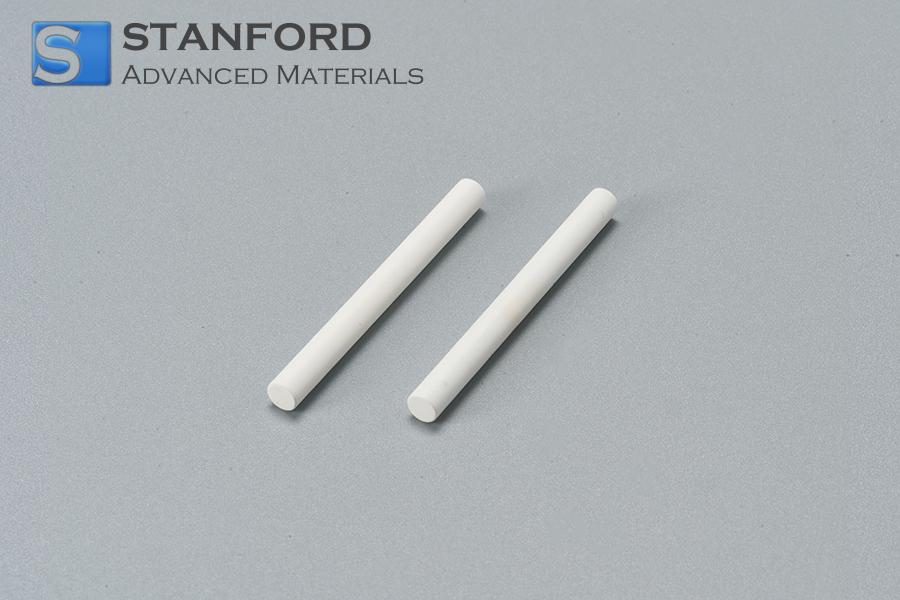
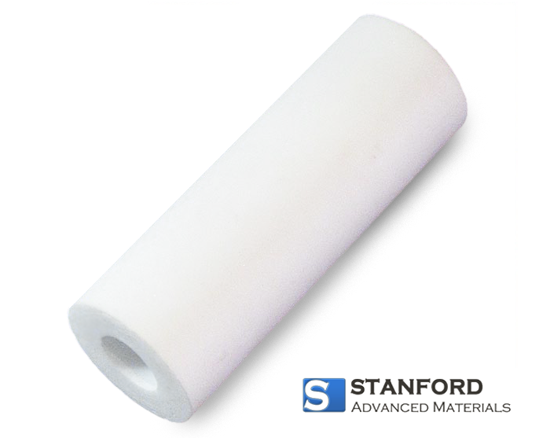
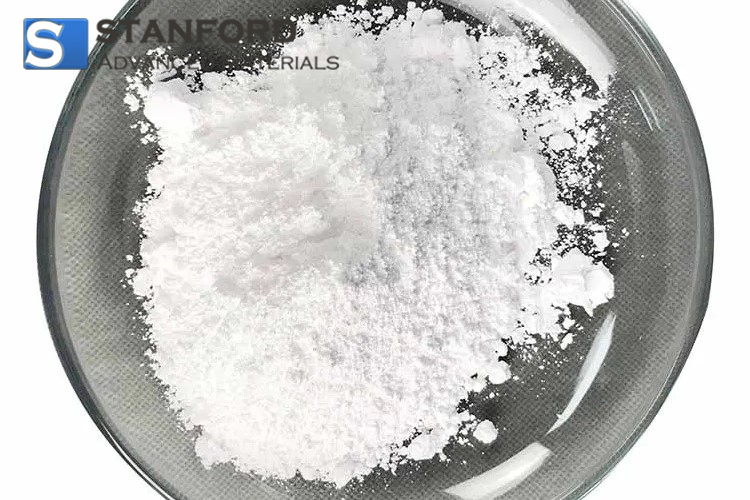
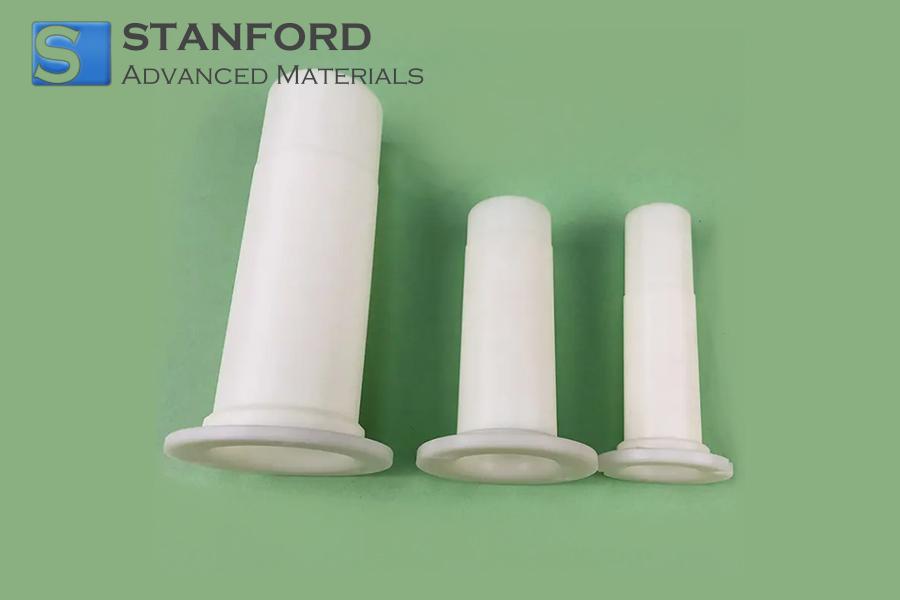

 Chin Trento
Chin Trento



